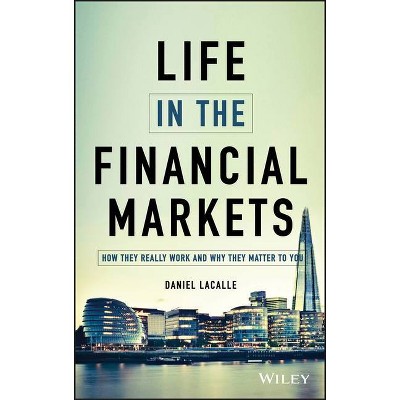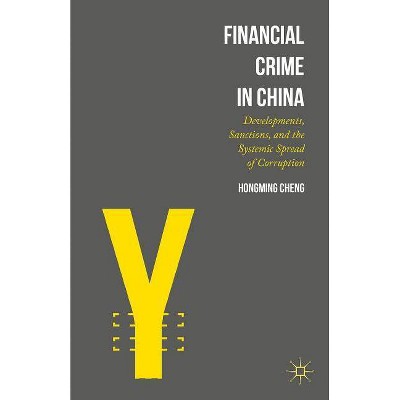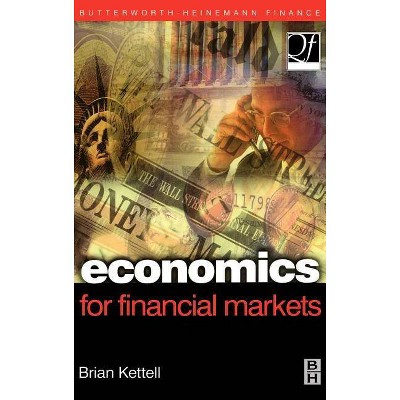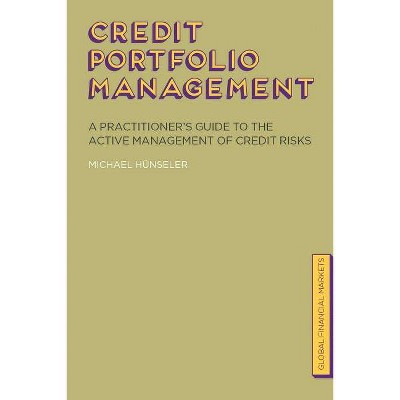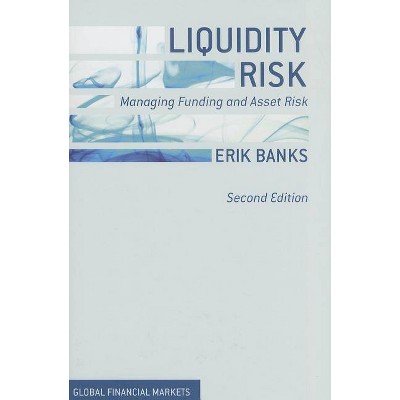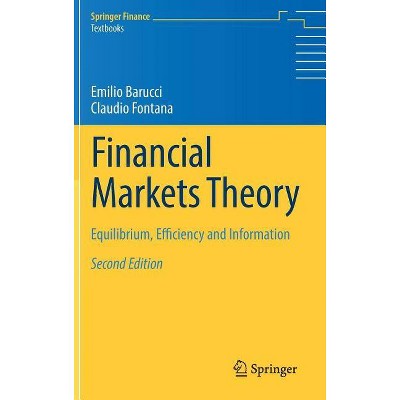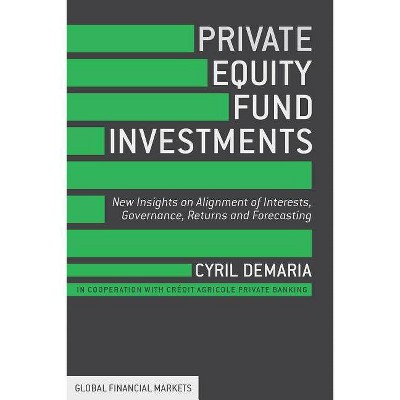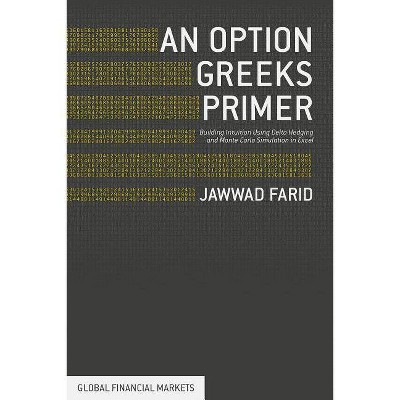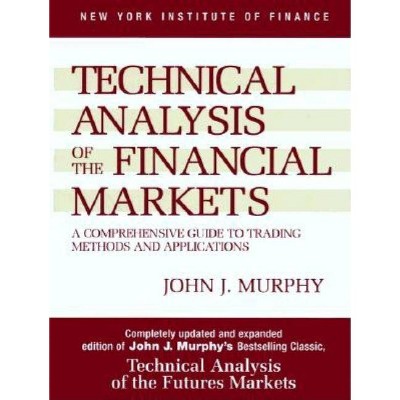Solving Modern Crime in Financial Markets - by Marius-Cristian Frunza (Hardcover)
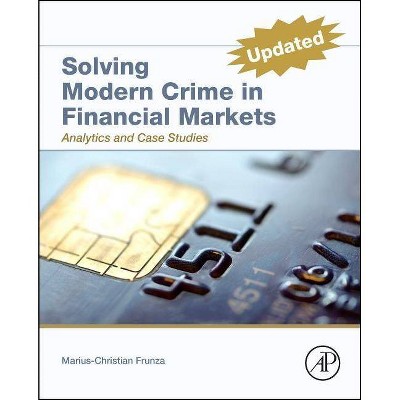
Similar Products
Products of same category from the store
AllProduct info
<p/><br></br><p><b> Book Synopsis </b></p></br></br><p>This comprehensive source of information about financial fraud delivers a mature approach to fraud detection and prevention. It brings together all important aspect of analytics used in investigating modern crime in financial markets and uses R for its statistical examples. It focuses on crime in financial markets as opposed to the financial industry, and it highlights technical aspects of crime detection and prevention as opposed to their qualitative aspects. For those with strong analytic skills, this book unleashes the usefulness of powerful predictive and prescriptive analytics in predicting and preventing modern crime in financial markets.</p><p/><br></br><p><b> Review Quotes </b></p></br></br><br><p>Frunza does an excellent job of presenting theoretical, applied and case study discussions. Detailed and technical concepts are explained in a clear manner. The book is very timely especially with respect to the sports betting market and cryptocurrencies and FX manipulation. <b>--Bonnie Buchanan, Albers School of Business, Seattle University</b></p> <p> This text tackles head on how crimes committed within financial markets have a reputation for being complex and sophisticated and where 'crime scenes' are widely regarded as helping to conceal these already secretive activities. In focusing 'only' on financial crimes committed in financial markets the author has given himself a monumental task. The inherent ambition of this task is also readily apparent from his willingness to address the challenges of understanding financial crimes through the technicalities behind their commission. This makes this potentially a contribution of high importance. Many will agree with the author's premise on the essence of innovation in paradigms of surveillance and discovery and then response, and this text recognises the practical technical challenges entailed in understanding how these activities are actually committed. This text provides an important link for making value judgements on propriety, and thus qualitative and normative judgements on whether they are properly regarded as crimes and enforced as such, a pre-requisite for which is understanding how they are actually committed and where they can be found. Focusing on the technicalities of financial crimes in such a comprehensive way makes this text distinctive. In doing so it not only provides an extremely helpful guide for those who are concerned about financial crime, and concerned to ensure they understand it, but actually in doing so it highlights the sheer enormity of this task. <b>--Sarah Wilson, York Law School, University of York</p></b><br>
Price History
Price Archive shows prices from various stores, lets you see history and find the cheapest. There is no actual sale on the website. For all support, inquiry and suggestion messagescommunication@pricearchive.us
